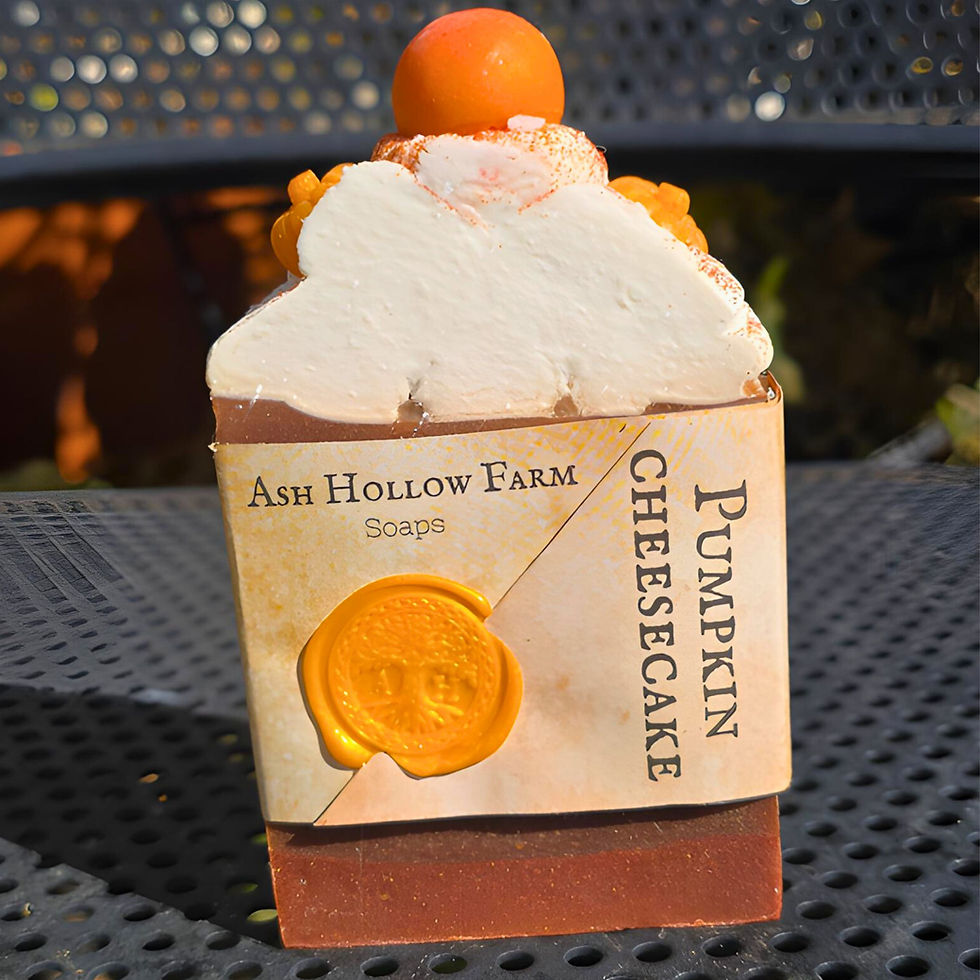Purple Top Rutabaga seeds
Purple Top Rutabaga is a versatile heirloom that is easy to grow and stores well. The Rutabaga, or "Swede" as the British call it, is a cross between a turnip and cabbage. The flavor is sweet and mellow. Purple Top Rutabagas are a cream color with purple shoulders, although they will turn golden as they are cooked. Each Rutabaga can grow up to 6 inches long. Rutabaga can be steamed or boiled, then mashed in place of potatoes, pureed to make creamy soups, or cut into chunks and used in stews, hashes, or even stuffed. Rutabagas can be grown in early spring for a summer harvest and again in the summer for a fall harvest. The flesh is sweeter when grown in the fall due to the cooler weather.
Seed count: 200
Botanic name:
Brassica Napus
Spacing:
- 6-8" apart
- 18-24" for rows
Sowing depth:
1/2"
Sun requirements:
Full sun
Utilization:
The Purple Top Rutabaga, a hearty and versatile root vegetable, is best utilized in a variety of cooked dishes where its unique, slightly sweet and earthy flavor can shine. While it can be eaten raw in salads, its true potential is unlocked when cooked. It is a fantastic alternative to potatoes and can be mashed, roasted, boiled, or puréed. Mashing it with butter and seasoning creates a creamy side dish, similar to mashed potatoes but with a distinct flavor. Roasting it with other root vegetables, such as carrots and parsnips, brings out its natural sweetness and creates a delicious, caramelized medley. Additionally, the rutabaga's firm texture makes it an excellent addition to soups, stews, and casseroles, where it holds its shape well and soaks up the flavors of the dish. Even the leafy tops are edible and can be sautéed like other greens.
Frost Hardy:
Yes
Maturity days:
90-100 days
Life Cycle:
Biennial
Can I Start Indoors?
Not recommended
Container Friendly?:
Yes
Other names:
Swedish Turnip
Growing Instructions:
When to Plant:
- Cool-season crop: Rutabagas are best planted in the cool weather of spring or fall.
- Spring Planting: Start seeds indoors 4-6 weeks before the last expected frost. Transplant outdoors when seedlings have a few true leaves and the soil has warmed.
- Fall Planting: Direct sow seeds into the garden 10-12 weeks before the first expected fall frost. This allows enough time for the rutabagas to mature before the cold weather sets in.
Where to Plant:
- Full sun: Rutabagas need at least 6-8 hours of direct sunlight per day.
- Well-drained soil: The soil should be loose, fertile, and well-drained.
- Soil pH: Aim for a slightly acidic soil pH between 6.0 and 6.8
How to Plant:
Prepare the soil: Loosen the soil to a depth of at least 12 inches and remove any rocks or debris. Amend the soil with compost or well-rotted manure to improve drainage and fertility.
Sow the seeds:
- Direct sowing: Plant seeds 1/2 inch deep and 2-3 inches apart in rows spaced 12-18 inches apart.
- Transplanting: If starting seeds indoors, transplant seedlings outdoors when they have a few true leaves. Space seedlings 6-8 inches apart in rows 12-18 inches apart.
Care and Maintenance:
- Watering: Water regularly, especially during dry periods. Keep the soil consistently moist but not waterlogged.
- Thinning: When seedlings are a few inches tall, thin them to the strongest plants, spacing them 6-8 inches apart.
- Weeding: Keep the area around the rutabagas free of weeds, which can compete for nutrients and water.
- Fertilizing: Fertilize once or twice during the growing season with a balanced fertilizer.
Harvesting:
- Maturity: Rutabagas are typically ready to harvest 90-100 days after planting.
- Size: Harvest when the roots are 3-5 inches in diameter.
- Method: Carefully loosen the soil around the rutabagas and lift them out of the ground.
- Storage: Rutabagas can be stored in a cool, dark place for several months.
Additional Tips:
- Succession planting: For a continuous harvest, plant rutabagas every 2-3 weeks.
- Pest and disease control: Rutabagas are generally resistant to pests and diseases. However, keep an eye out for cabbage root maggots, flea beetles, and clubroot.
- Crop rotation: Avoid planting rutabagas in the same spot year after year to prevent the buildup of soilborne diseases.
Enjoy your homegrown rutabagas! They can be roasted, mashed, added to stews and soups, or grated into salads.
Cyber week sale





























